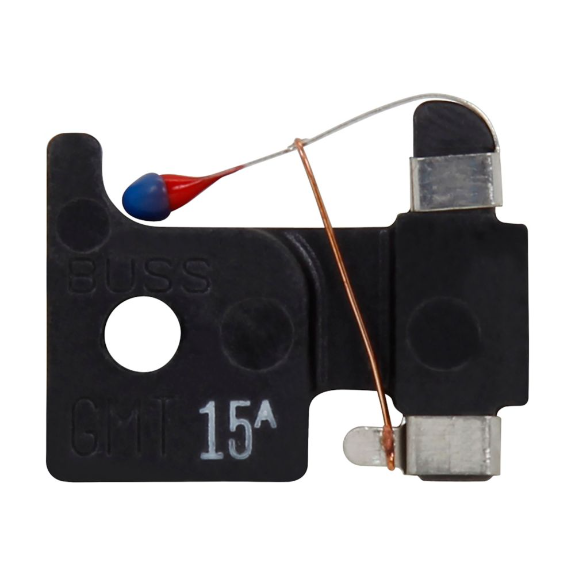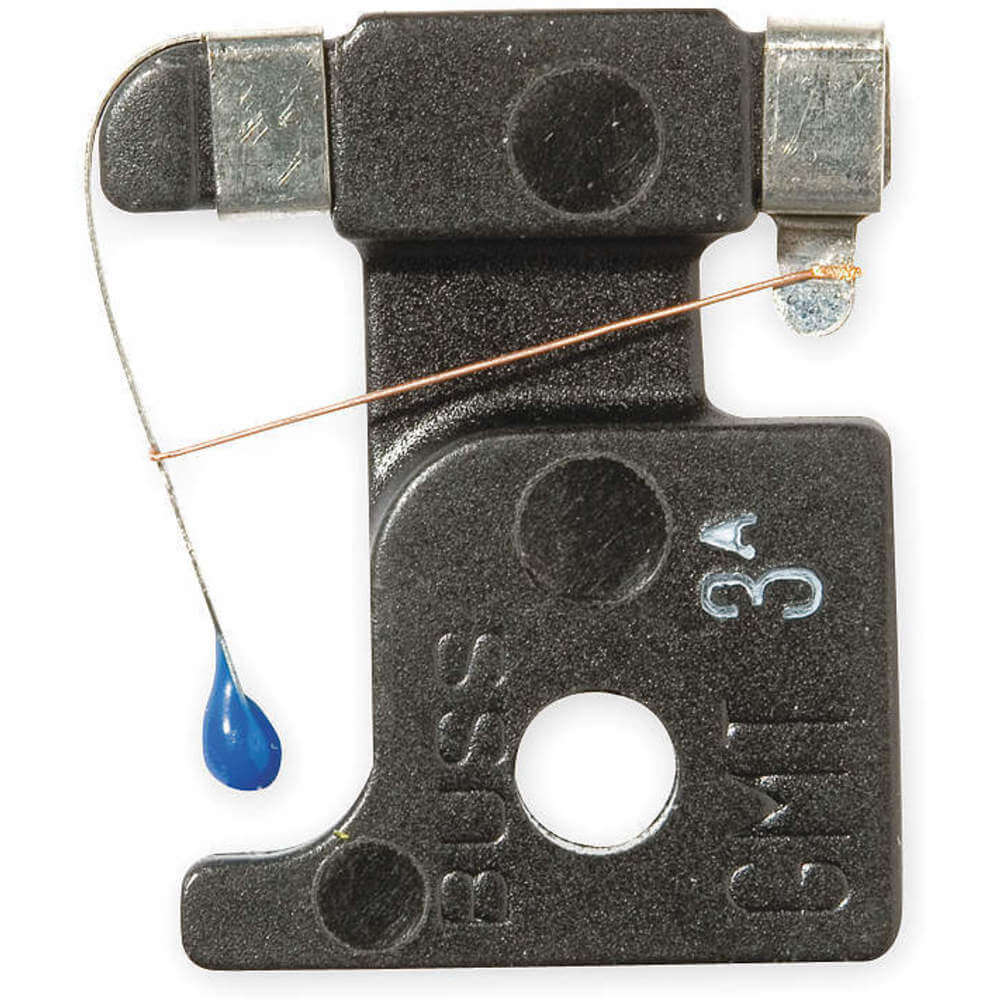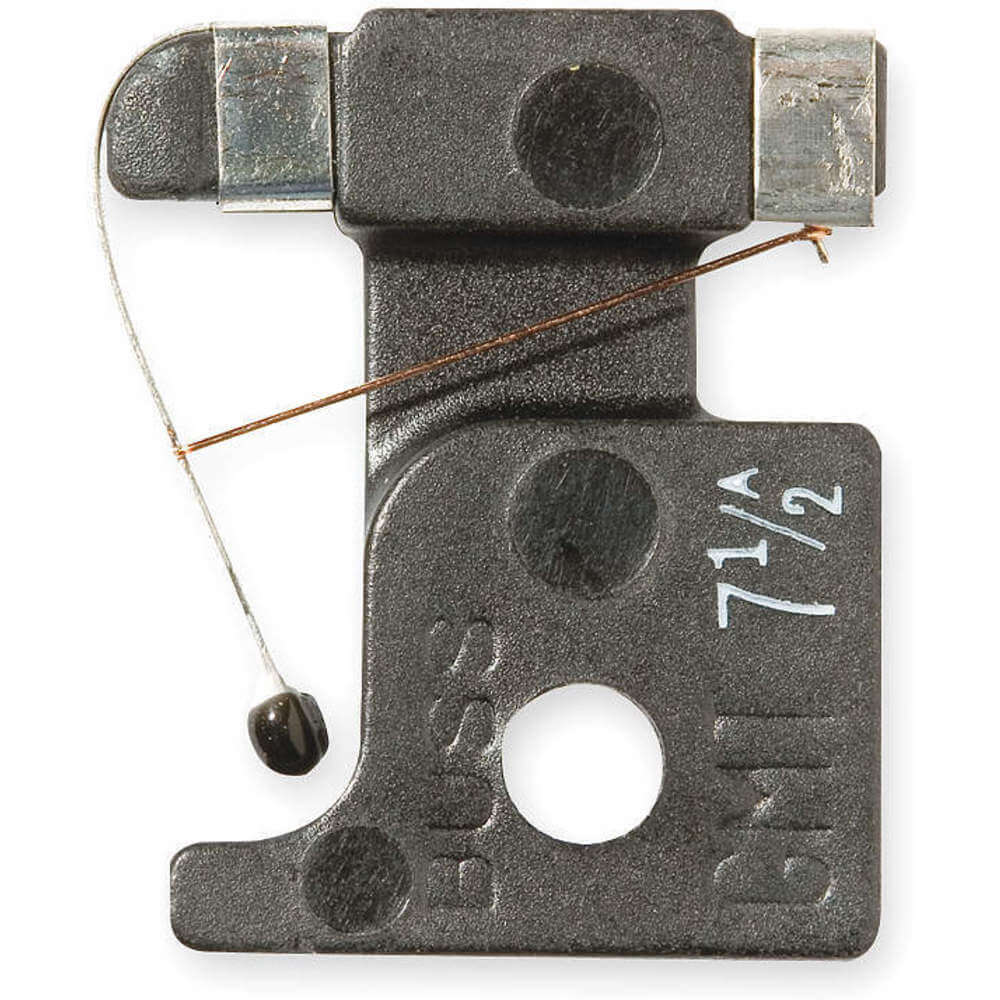Bussmann GMT-15A telecom protection fuse protects sensitive telecom equipment from damage caused by excessive current, voltage spikes and short circuits. It is ideal for telecom applications, including central offices, network hubs and data centres.
Working Mechanism:
- Bussmann GMT-15A telecom protection fuse operates using a fast-blow mechanism. When an overcurrent event occurs, the fuse's internal heating element quickly heats up.
- This heating element is designed to melt at or just above its rated current of 15A. As it melts, it creates a gap in the circuit, disconnecting the telecom equipment from the power source.
- This rapid interruption of the circuit prevents excess current from damaging the connected equipment, ensuring the protection of sensitive electronics in telecommunications systems.
Features:
- Bussmann GMT-15A telecom protection fuse features an interrupt rating of 10A, ensuring robust protection against electrical faults and surges in telecom systems.
- It comes with a unique spring-loaded indicator, offering real-time visual feedback on fuse status for swift troubleshooting.
- This telecom protection fuse offers a fast-blow design, guaranteeing rapid circuit interruption upon detecting overcurrents.
- It is equipped with a quick-connect termination style, simplifying installation and facilitating secure electrical connections.
- This fuse boasts a voltage rating of 125VAC for AC circuits and 60VDC for DC circuits, accommodating diverse telecom voltage requirements.
- It incorporates RoHS compliance, aligning with environmental standards by minimising hazardous substances, thus promoting sustainability.
- This telecom protection fuse further features a flat body blade design, making it easy to fit into tight spaces within telecommunications equipment.
Frequently Asked Questions:
Q. Where are telecommunication fuses installed?
A. Telecommunication fuses are commonly installed in equipment cabinets, distribution panels and other points along telecommunication networks where overcurrent protection is required.
Q. How do telecommunication fuses differ from other types of fuses?
A. Telecommunication fuses have faster response times and tighter current tolerances for better protection of sensitive equipment.
Q. What should I do if the indicator on the fuse is activated?
A. If the indicator is activated, it means the fuse has blown. Replace the fuse promptly to restore normal operation, rectifying the circuitry fault.
Q. What is the role of a fuse holder in conjunction with Bussmann GMT-15A fuse?
A. A fuse holder secures the fuse in place and provides a safe means of electrical connection. It should be compatible with the fuse type and rating.
 Change Country
Change Country







